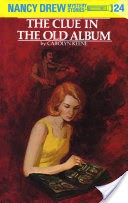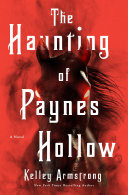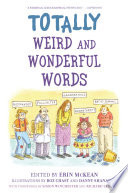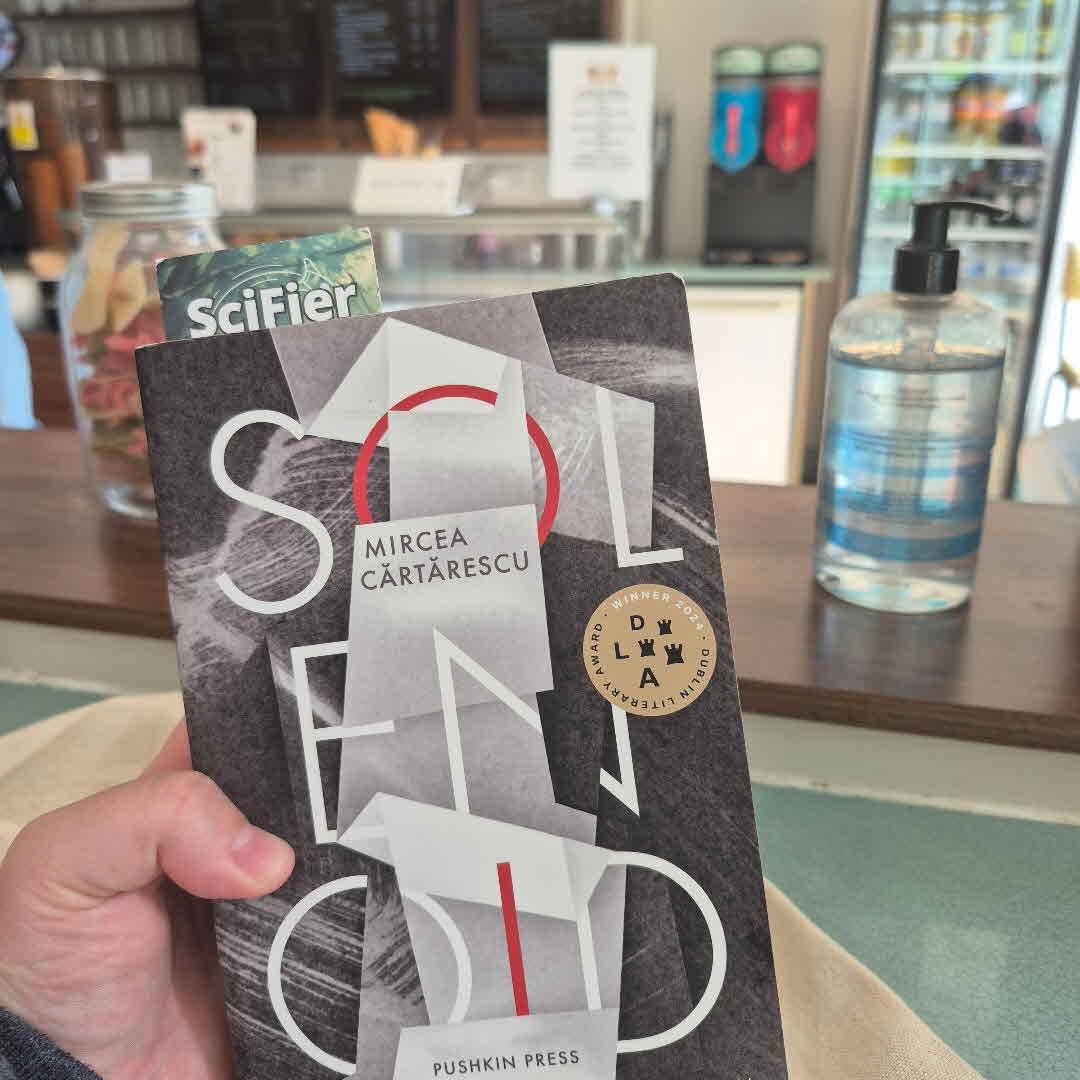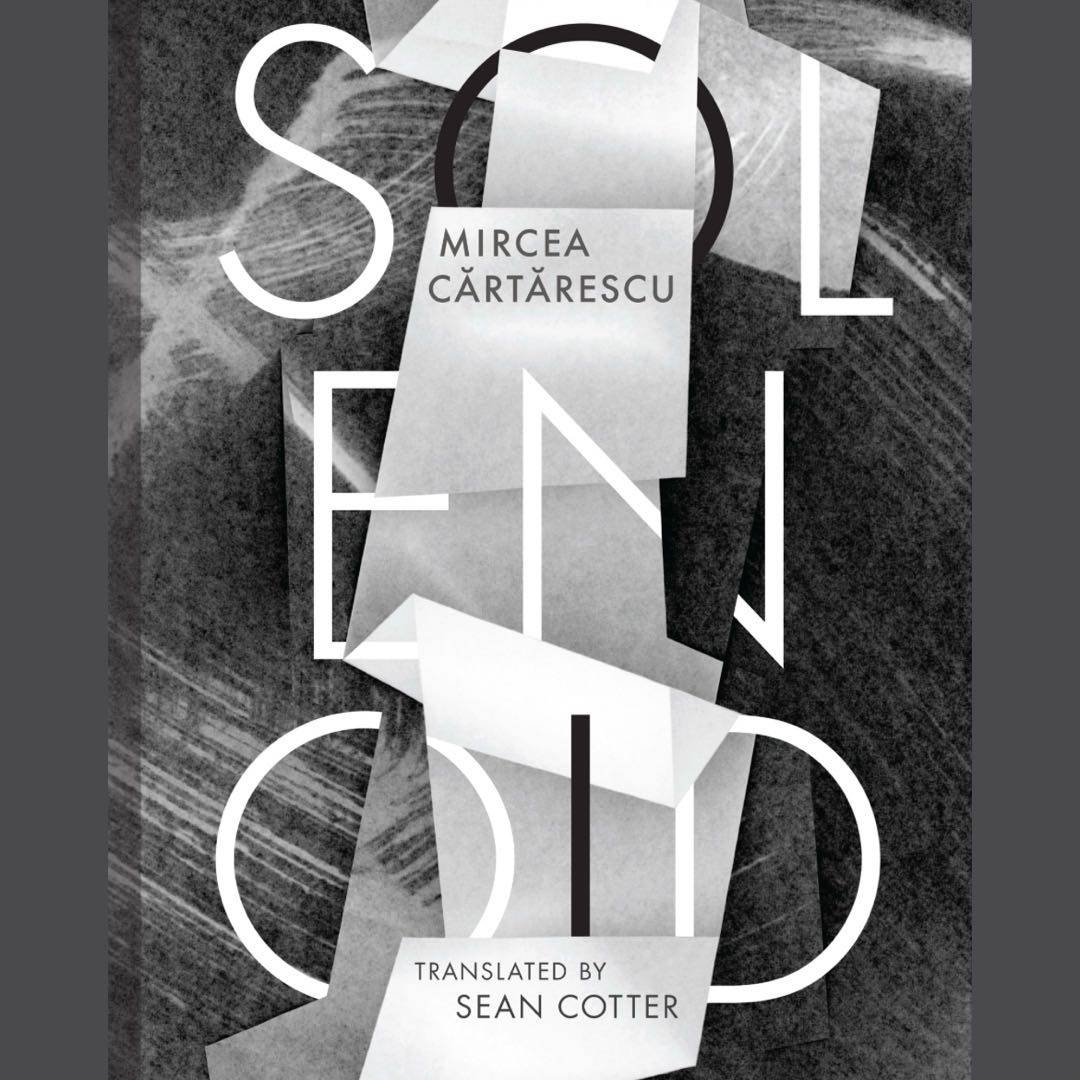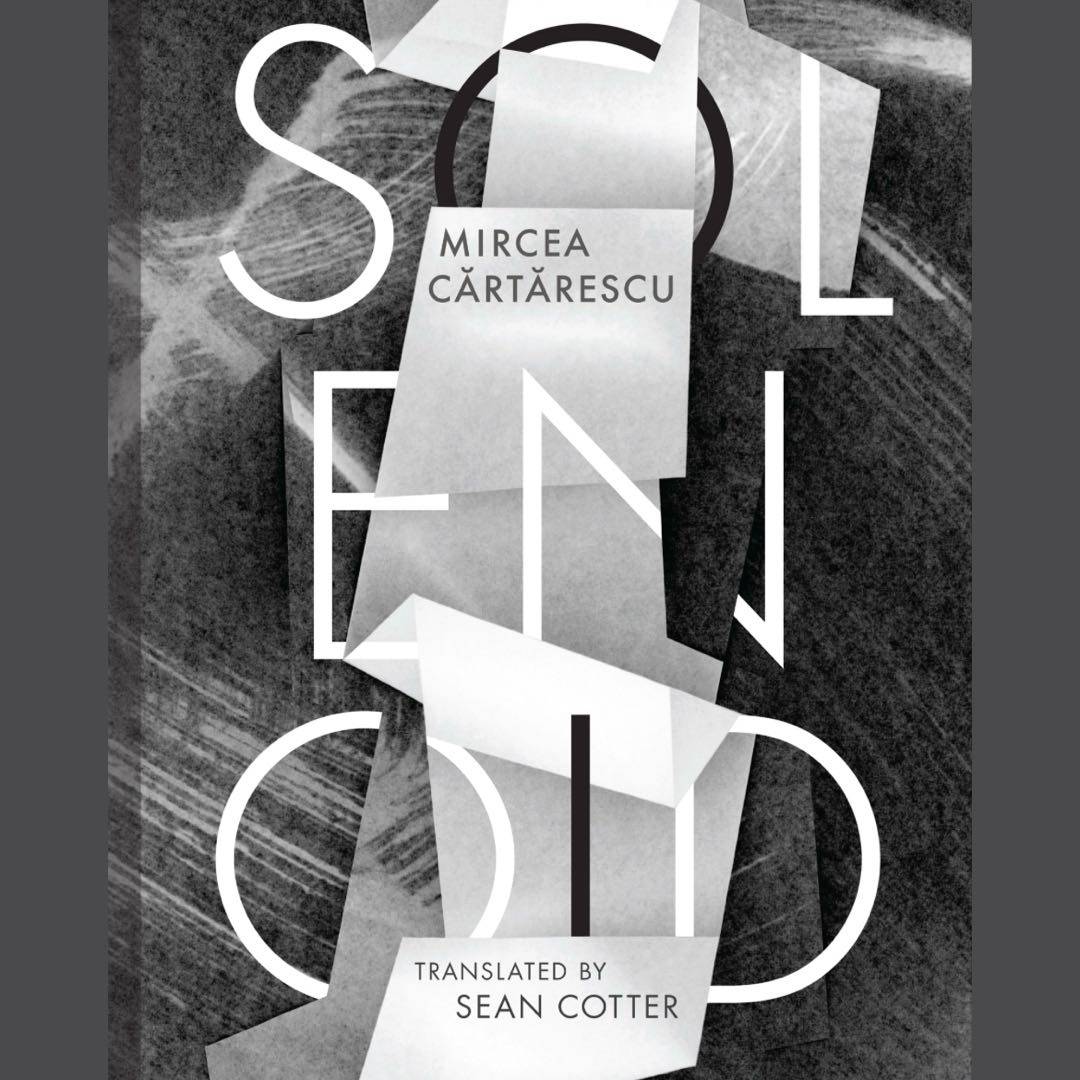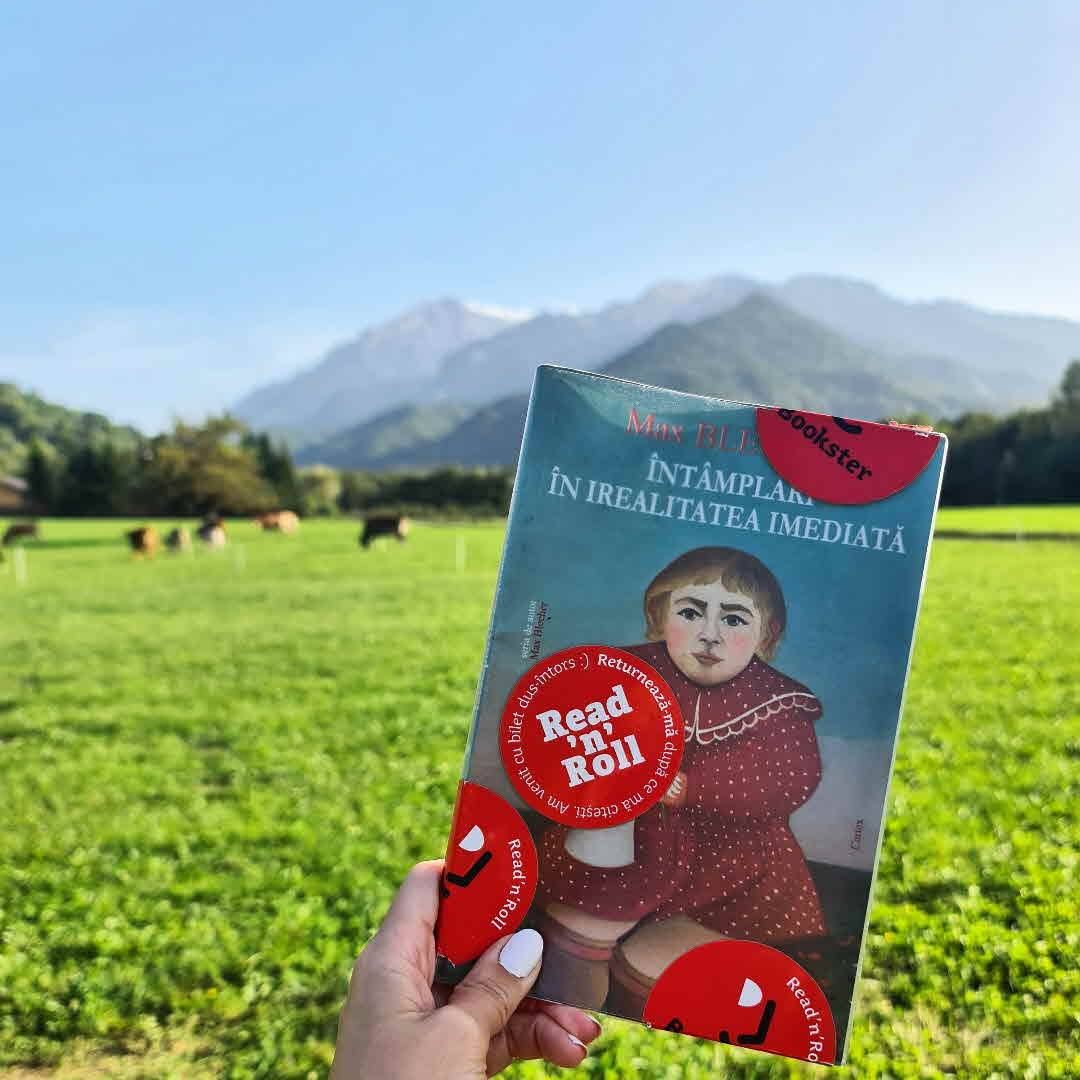Yeah, I'm kidding myself with this one. This is clearly not the book I should be reading right now.
Not a DNF! Just... on hiatus!
I will rejoin the narrative when I feel more inclined to take a philosophical journey up my own 🍑
This book isn't bad, but it is sombre, creepy, scratchy, parasitic, windy, and dense.
If you're after some existential dread, this will be your jam!







